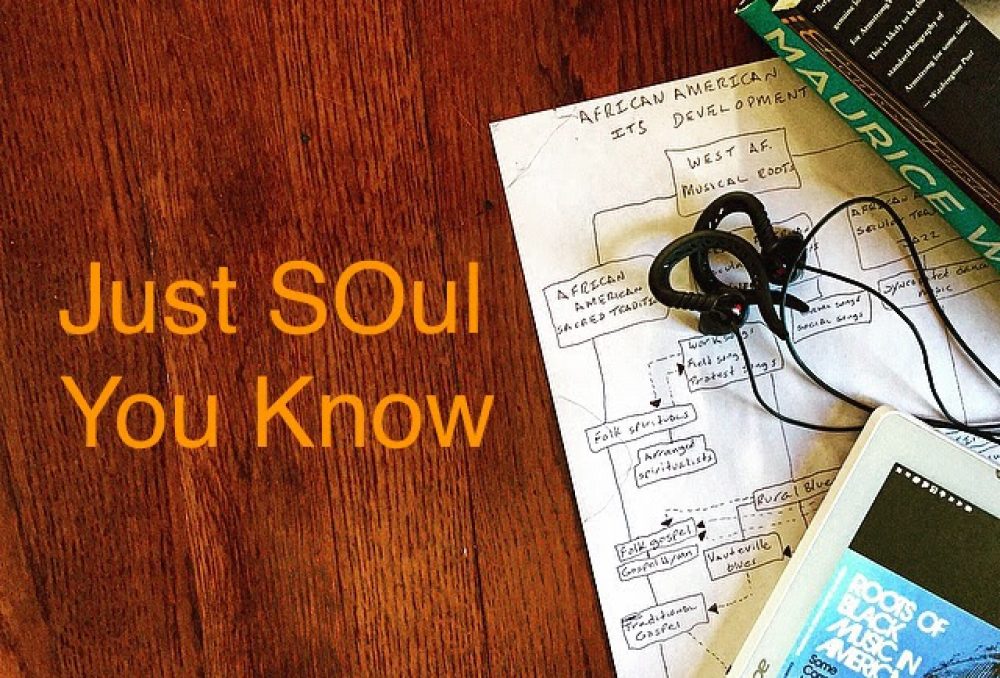In 1979, “Rappers Delight” was released by the rap group Sugar Hill Gang. The song was an instant success, which opened the door for rap music and hip hop culture to enter the main stream. Prior to its release, rap music was commonly created in the moment with DJs spinning records and providing musical spaces and back beats for budding MCs to rap over. It was rarely recorded and truly an underground genre.
“Rappers Delight” was the first rap song to top multiple music charts around the world. It was also the first rap song recorded that extensively used samples to create a back beat and as such made the Sugar Hill Gang the first rap group to face a law suit for illegally sampling songs (The group sampled the band Chic’s song “Good Times” without permission–they ultimately gave credit to Chic). Furthermore, they were the first rap group to be bilked out of millions by their management. (See I Want My Name Back documentary)
Historically, the Sugar Hill Gang’s “Rappers Delight” utilized the African oral tradition of rhythmic storytelling over drum beats, which is the defining element of hip hop.
Take a listen to “Rappers Delight!” Some of you may remember all the lyrics and the rest of you can learn the lyrics for the first time here.
Enjoy AAMAM!





